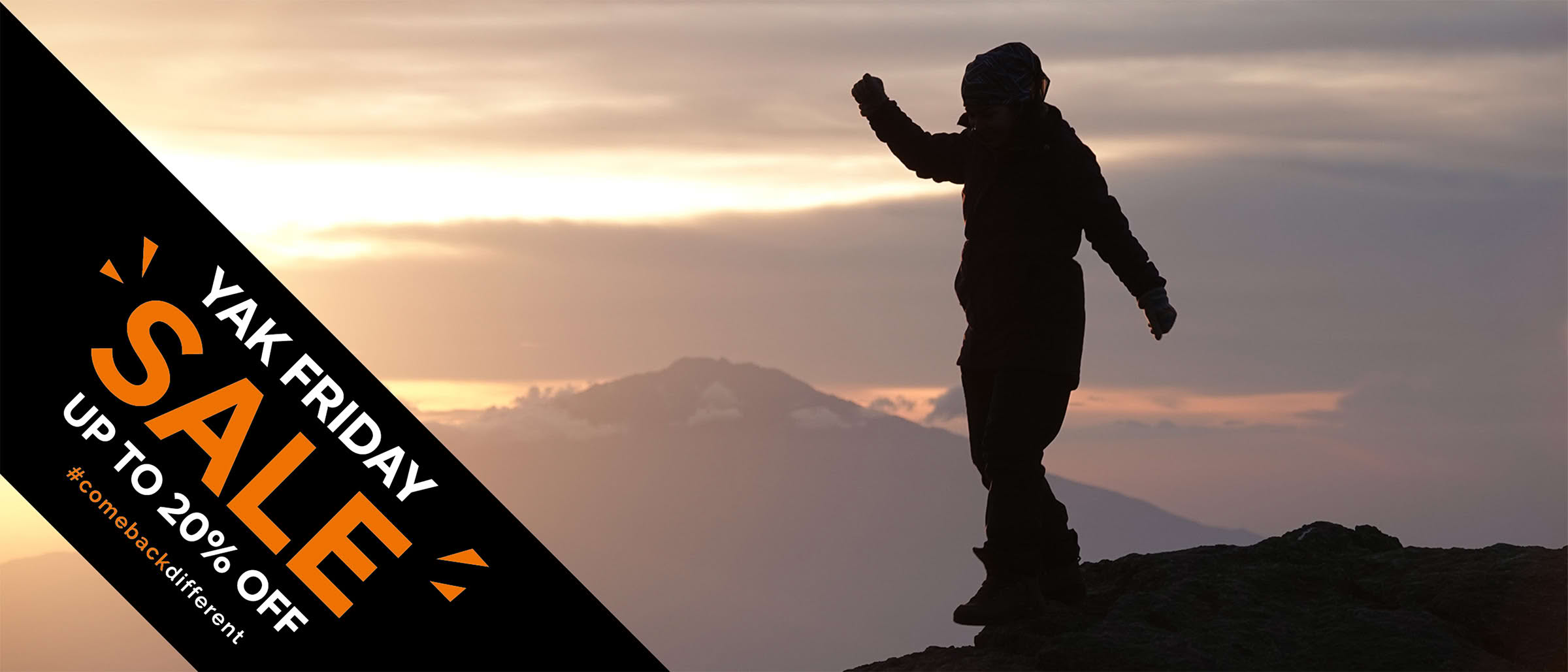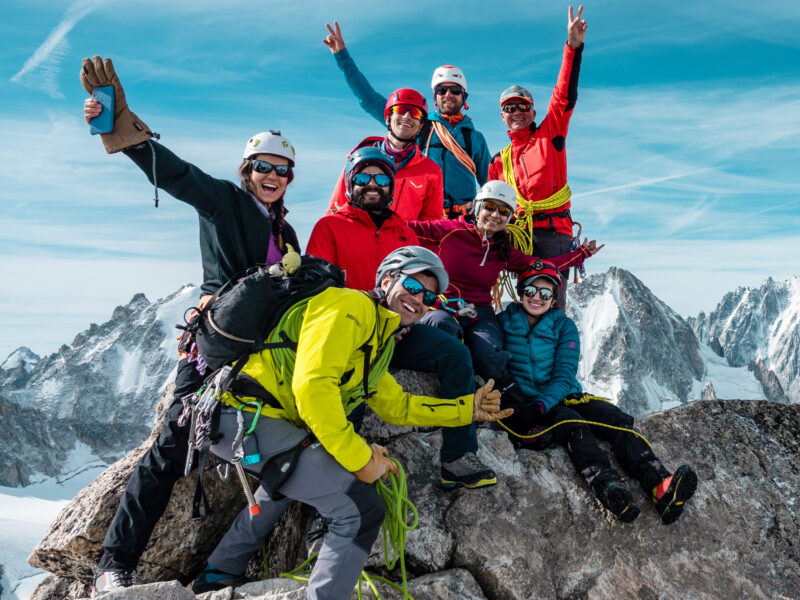BY Rami Rasamny | March 21 2024
The History of Mountaineering on Aconcagua
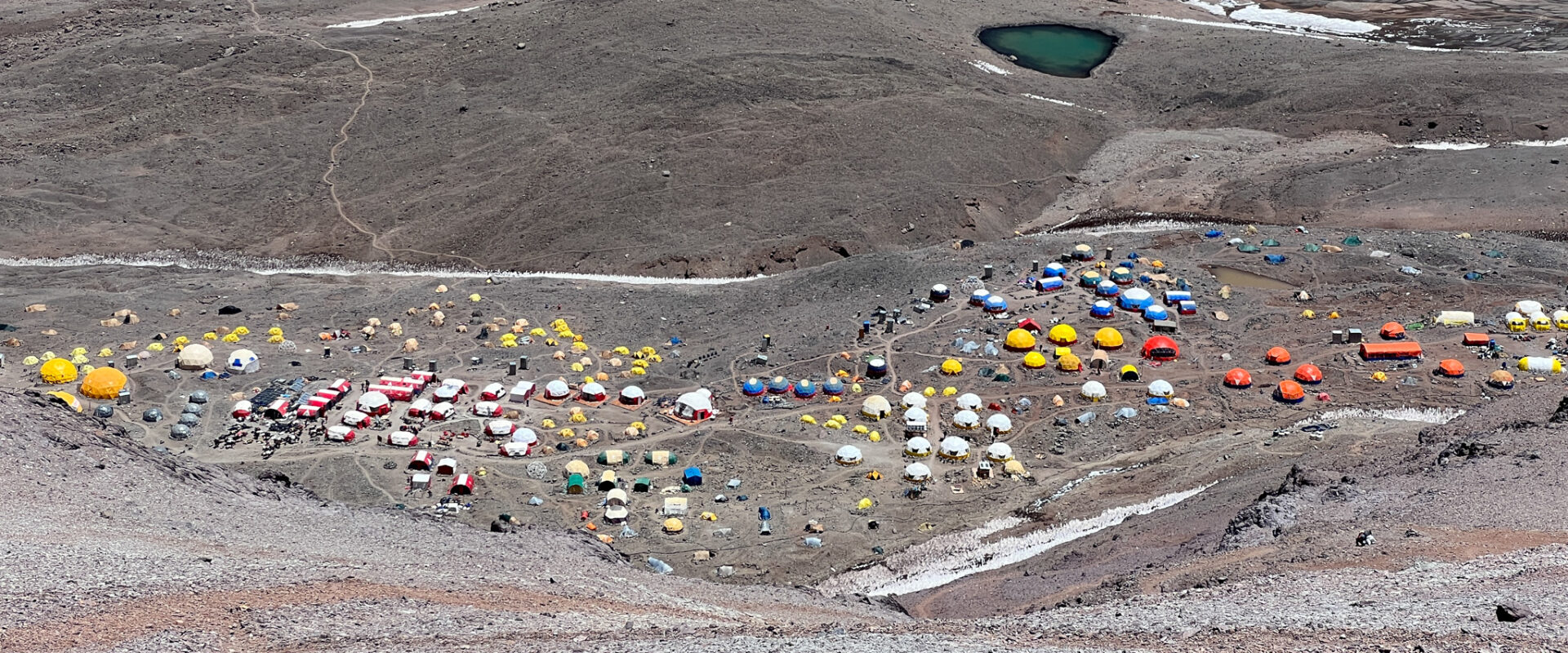
Aconcagua, the towering peak of the Andes, stands as a testament to the spirit of human endeavor and the pursuit of exploration. Rising 6,961 meters (22,838 feet) above sea level, it is not only the highest peak in South America but also the highest outside of the Himalayas. The history of mountaineering on Aconcagua is rich with tales of triumph, tragedy, and the relentless pursuit of the summit.
Early Expeditions and Exploration
The history of mountaineering on Aconcagua dates back to the 19th century when European explorers first set foot in the Andes. One of the earliest recorded attempts to climb Aconcagua was made by a British expedition led by Edward Fitzgerald in 1897. Despite facing numerous challenges, including extreme weather and difficult terrain, the expedition failed to reach the summit.
The Golden Age of Exploration
The early 20th century marked the beginning of what is often referred to as the “Golden Age of Mountaineering” on Aconcagua. During this time, several expeditions from Europe and North America made significant progress in exploring and mapping the mountain. One of the most notable expeditions was led by Swiss guide Matthias Zurbriggen, who successfully reached the summit via the Northwest Ridge in 1897, becoming the first person to do so.
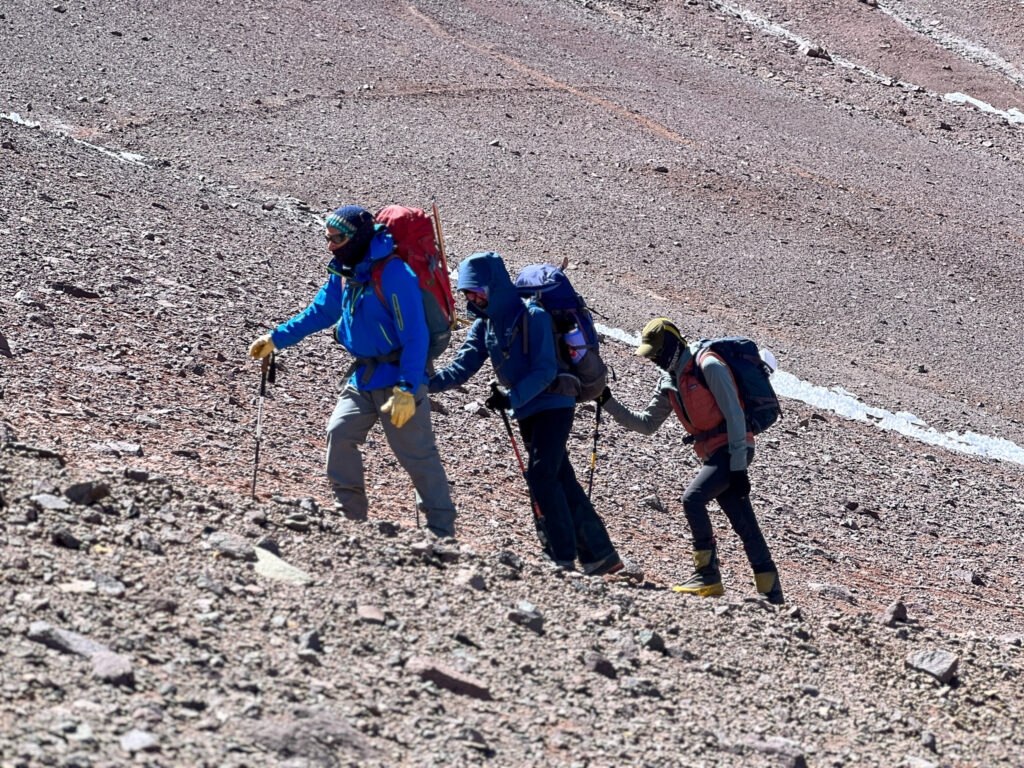
Modern Era: Records and Achievements
In the decades that followed, Aconcagua continued to attract climbers from around the world, eager to test their skills and push the limits of human endurance. In 1934, Polish climber Konstanty Jodko-Narkiewicz made history by becoming the first person to climb Aconcagua solo. Since then, numerous records have been set and broken on the mountain, including the fastest ascent and the oldest person to reach the summit.
Tragedy and Challenges
Despite its allure and majestic beauty, Aconcagua is not without its dangers. Over the years, numerous climbers have lost their lives attempting to reach the summit, often succumbing to extreme weather conditions, avalanches, or altitude sickness. The unpredictable nature of the mountain serves as a sobering reminder of the risks involved in mountaineering.
Preservation and Conservation Efforts
In recent years, there has been a growing emphasis on preserving and protecting the fragile ecosystem of Aconcagua and the surrounding Andean region. Conservation organizations and government agencies have implemented measures to minimize the impact of human activity on the mountain, including regulations on waste disposal, climbing permits, and trail maintenance.
Looking to the Future
As interest in mountaineering continues to grow, Aconcagua remains a beacon for adventurers seeking to challenge themselves and experience the awe-inspiring beauty of the Andes. With advances in technology and climbing techniques, the mountain has become more accessible than ever before, attracting climbers of all skill levels from around the globe.
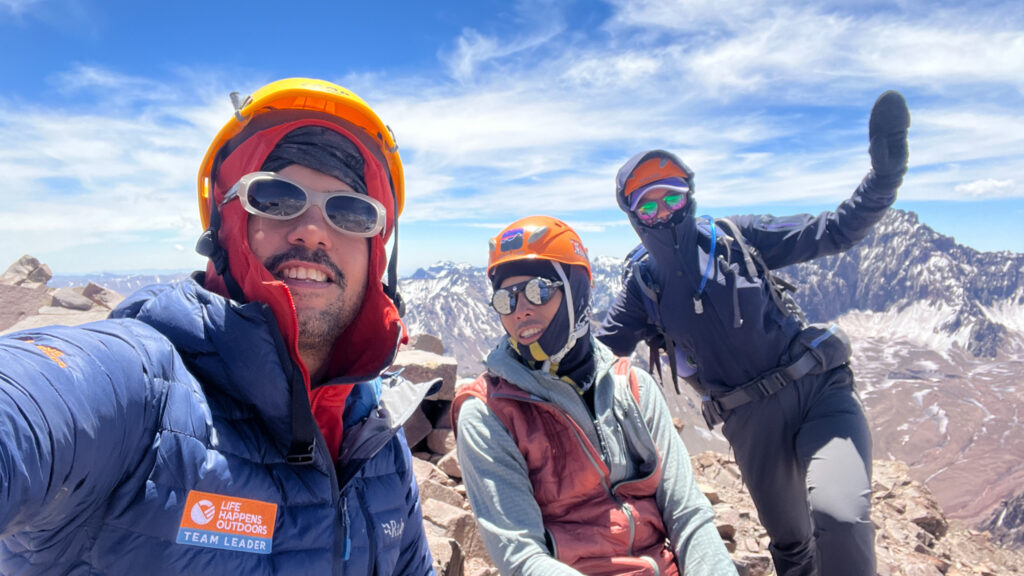
In conclusion, the history of mountaineering on Aconcagua is a testament to the indomitable spirit of human exploration and the enduring allure of the world’s highest peaks. From the early expeditions of the 19th century to the modern-day achievements of elite climbers, Aconcagua continues to captivate and inspire all who dare to seek its summit.
About The Author
Rami Rasamny is the founder of Life Happens Outdoors, a premium adventure travel community dedicated to transforming lives through curated outdoor experiences. A mountaineer and entrepreneur, Rami has led teams on some of the world’s most challenging peaks, from the Alps to the Himalayas. His mission is to make adventure accessible, transformative, and safe for all who seek to push their limits and Come Back Different.
About Life Happens Outdoors
At Life Happens Outdoors, we believe in the power of nature to transform lives. As proud members of the Adventure Travel Trade Association (ATTA) and the World Travel & Tourism Council (WTTC), our team of certified guides and outdoor professionals is committed to the highest standards of safety, sustainability, and excellence.
Discover more about our story and mission on our Meet LHO page, or explore our curated adventures such as the Tour du Mont Blanc Trek, the Climb of Kilimanjaro, and Chasing the Northern Lights.









